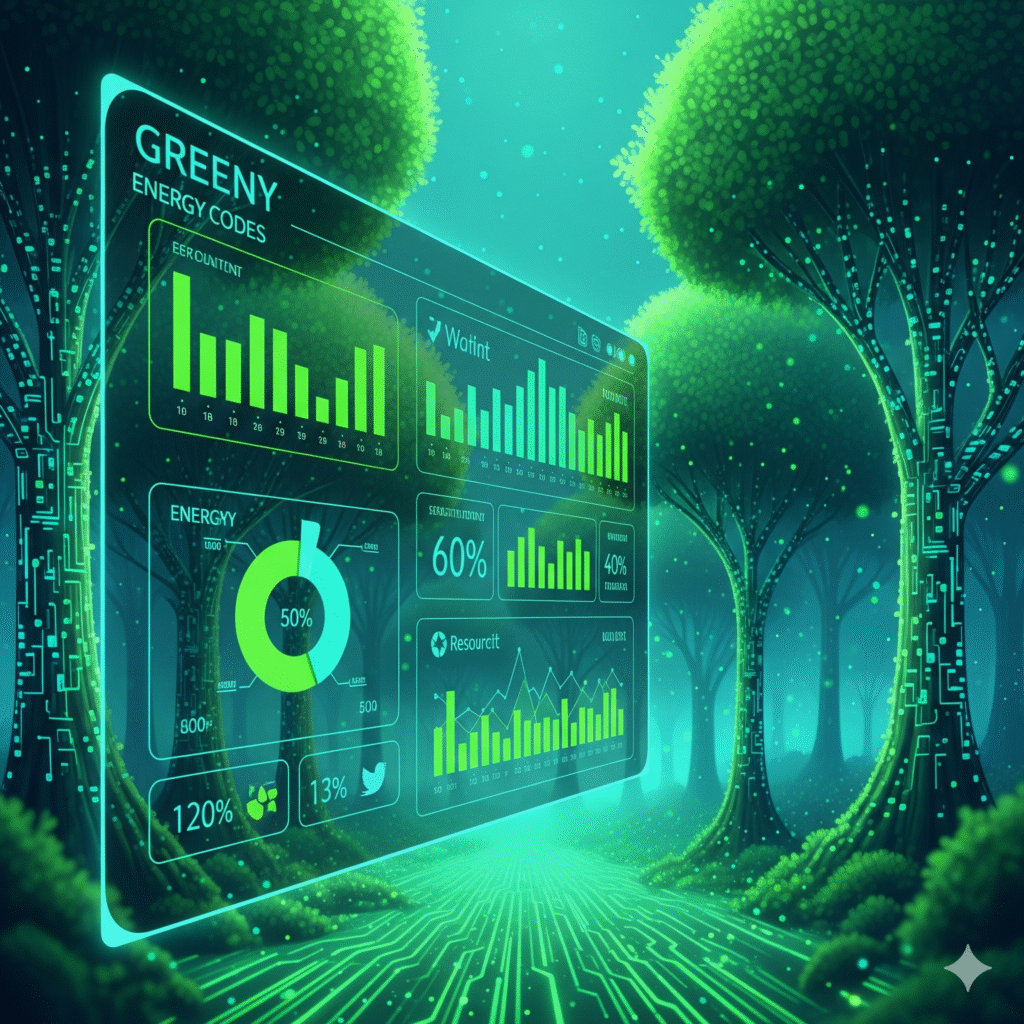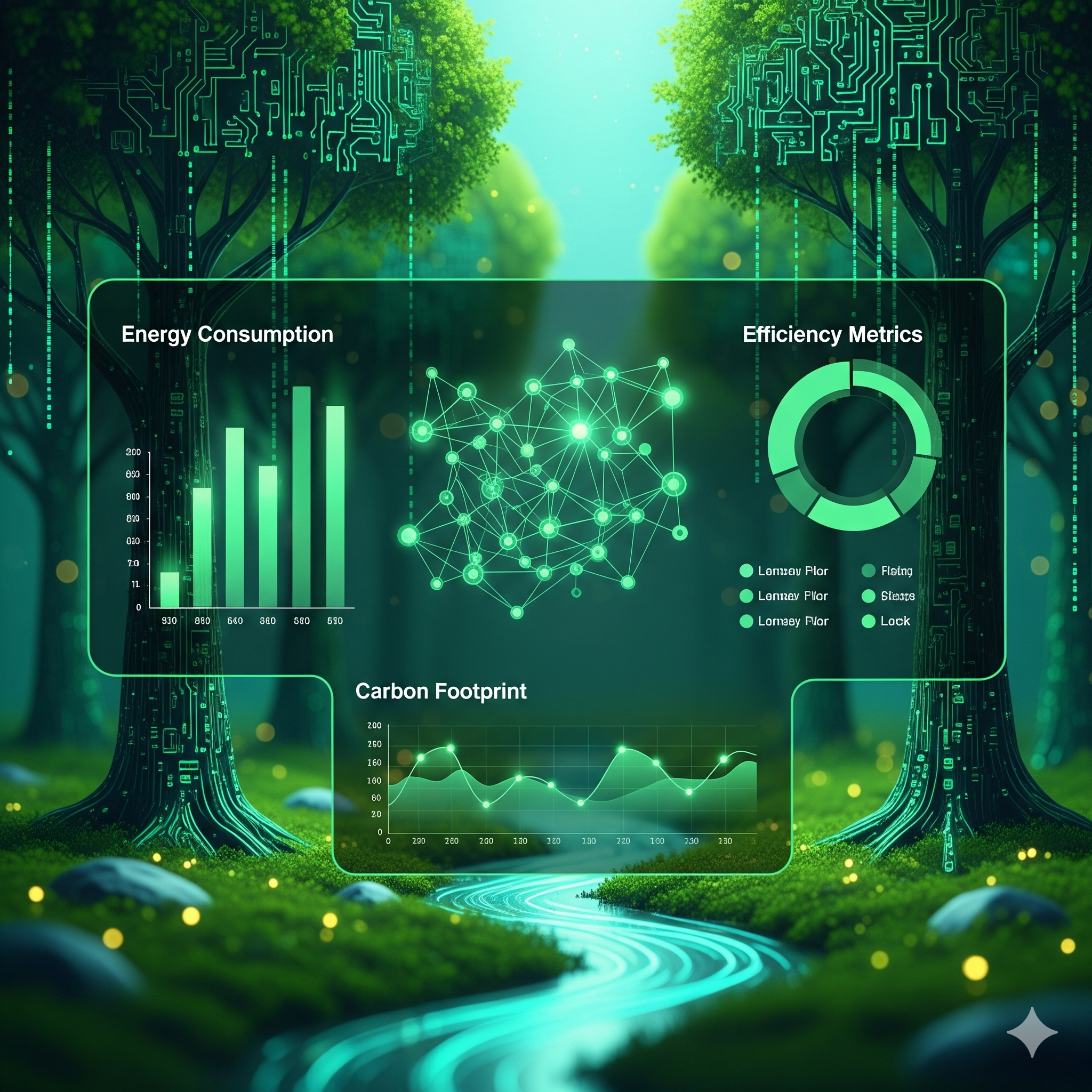Sustainable software engineering, a discipline focused on developing energy-efficient and environmentally friendly software, is gaining prominence in the tech world as of 2025. This approach addresses the growing carbon footprint of software systems, aligning with global environmental, social, and governance (ESG) goals. By prioritizing green practices, the industry aims to reduce emissions and promote sustainability. This article explores the rise, mechanics, applications, driving forces, challenges, critical perspectives, and future potential of sustainable software engineering, offering a comprehensive analysis of its impact.
The Rise of Sustainable Software Engineering
The push for sustainable software engineering emerged as the tech sector’s environmental impact became undeniable, with data centers contributing 2-3% of global greenhouse gases by 2025. High-profile initiatives, such as the Green Software Foundation’s carbon assessment tools, have spurred adoption. Developers and companies are increasingly integrating sustainability into the software lifecycle, driven by the need to balance innovation with ecological responsibility, marking a shift toward greener tech practices.
Mechanics and Key Technologies
Sustainable software engineering employs strategies and tools to minimize environmental impact:
- Energy-Efficient Algorithms: Optimize code to reduce computational overhead, lowering energy use by up to 20%.
- Carbon-Aware Deployment: Tools like the Green Software Foundation’s Impact Framework select low-carbon energy sources for cloud hosting.
- Profiling Tools: Software like CodeCarbon tracks energy consumption during development and runtime.
- Lifecycle Management: Incorporates recycling and end-of-life planning for hardware supporting software systems.
These technologies aim to embed sustainability into every stage of software creation and operation.
Applications Across Industries
The versatility of sustainable software engineering spans multiple sectors:
- E-Commerce: Optimizes server usage for online platforms, reducing energy costs by 15% in 2025 trials.
- Gaming: Develops energy-efficient games, cutting power draw by 10% without sacrificing performance.
- Finance: Implements green data processing for real-time trading, aligning with ESG compliance.
- Healthcare: Enhances telemedicine apps with low-power designs, supporting remote care sustainability.
Driving Forces Behind Adoption
Several factors propel this trend. Regulatory pressures, such as the EU’s Green Deal, mandate carbon reduction, pushing firms to adopt green practices. Corporate sustainability goals, with 70% of Fortune 500 companies targeting net-zero by 2030, drive investment, exceeding $5 billion in 2024. Consumer demand for eco-friendly tech, coupled with advancements in energy-efficient hardware, further accelerates adoption. Additionally, the rising cost of energy incentivizes efficient software design.

Challenges and Ethical Concerns
Despite its promise, sustainable software engineering faces significant hurdles. The initial cost of transitioning to green tools and retraining developers can strain budgets, particularly for small firms. Measuring software’s true carbon footprint remains complex, with inconsistent methodologies leading to underreported impacts. The reliance on cloud infrastructure, often powered by non-renewable energy, contradicts sustainability goals. Emerging tech like quantum computing adds complexity, as explored in our article on quantum software development, which examines future energy challenges. Moreover, balancing performance with energy efficiency can compromise user experience, a concern often downplayed by proponents.
A Critical Perspective
The establishment narrative portrays sustainable software engineering as a vital step toward a greener tech future, promising reduced emissions and alignment with ESG standards. However, this optimism masks critical flaws. The high upfront investment disadvantages smaller players, potentially widening the digital divide. Inaccurate carbon tracking, due to variable energy mixes, can mislead sustainability claims, as seen in some 2024 audits. The dependence on cloud providers, many of whom lag in renewable adoption, undermines green credentials, while performance trade-offs risk alienating users. True progress requires addressing these contradictions to ensure sustainability benefits extend beyond large corporations to a broader tech ecosystem.
The Future of Sustainable Software Engineering
The future holds significant potential, with the sustainable software market projected to reach $15 billion by 2027, driven by policy support and green tech innovations. By the following year, 40% of software projects may incorporate sustainability metrics, per industry forecasts, as tools improve and standards mature. Success hinges on affordable implementation, accurate measurement, and renewable cloud integration. Advances like AI-optimized code and decentralized computing could resolve technical limits, but equitable access and robust governance remain challenges. The narrative must evolve to prioritize inclusivity and verifiable impact.
Broader Implications and Industry Shifts
This trend influences software development, pushing for eco-conscious coding practices and lifecycle tools. It challenges traditional performance-first models, fostering a culture of environmental accountability, but also raises regulatory stakes. Developers must balance innovation with sustainability, while policymakers craft incentives to accelerate adoption. The interplay of technology, regulation, and ecological impact will shape sustainable software engineering’s trajectory in 2025 and beyond.





